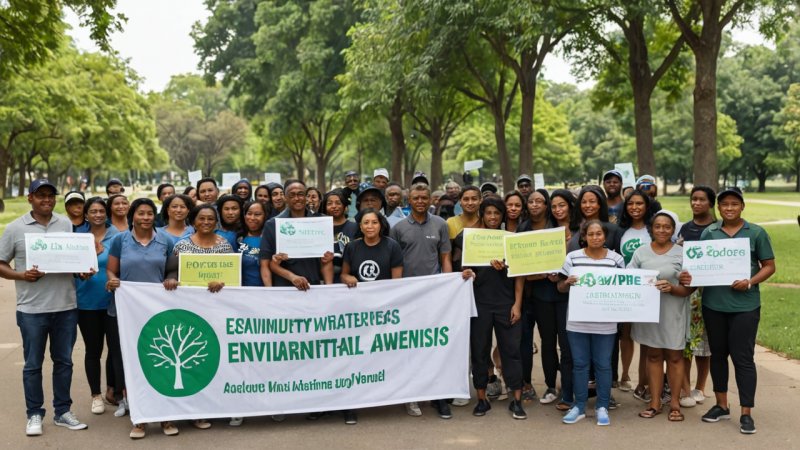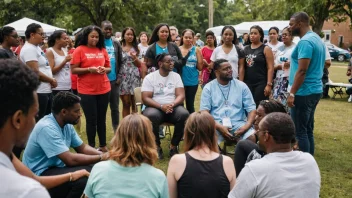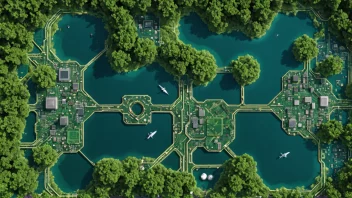Introduction
In an age where environmental issues are at the forefront of global discussions, organizing an environmental awareness campaign is a powerful way to inspire change and educate your community. This article will guide you through the essential steps to create an impactful campaign that raises awareness about environmental issues and encourages action.
Step 1: Define Your Goals
Before launching your campaign, it's crucial to establish clear goals. What specific environmental issues do you want to address? Some examples include:
- Reducing plastic waste
- Promoting sustainable practices
- Encouraging recycling initiatives
- Protecting local wildlife
By defining your goals, you can tailor your campaign's messaging and activities accordingly.
Step 2: Identify Your Target Audience
Understanding who you want to reach is vital for the success of your campaign. Consider the following points:
- Age group
- Demographic background
- Interests related to environmental issues
- Community involvement levels
By identifying your target audience, you can create tailored messages that resonate with them.
Step 3: Develop Your Message
Your campaign's message should be clear, concise, and compelling. Focus on the following aspects:
- Highlight the importance of the environmental issue
- Explain the impact of inaction
- Provide actionable steps for individuals to contribute
Make sure your message is relatable and inspires a sense of urgency.
Step 4: Choose Your Campaign Format
Consider the various formats through which you can deliver your message. Some options include:
- Workshops and seminars
- Social media campaigns
- Community clean-up events
- Art installations or exhibitions
Choose a format that aligns with your goals and resonates with your target audience.
Step 5: Create a Detailed Action Plan
Having a structured action plan will ensure your campaign runs smoothly. Outline the following:
- Timeline: Set deadlines for each phase of your campaign
- Resources: Identify what materials you need (posters, flyers, etc.)
- Roles: Assign responsibilities to team members or volunteers
Being organized will help you manage your campaign effectively.
Step 6: Promote Your Campaign
Once your campaign is ready, it’s time to promote it. Use various channels to reach your audience, such as:
- Social media platforms (Facebook, Instagram, Twitter)
- Local newspapers and community boards
- Email newsletters
- Community events and meetings
Engagement is key. Encourage sharing and participation to maximize your reach.
Step 7: Execute the Campaign
On the day of your campaign, ensure everything runs according to plan:
- Set up your venue or online platform
- Engage with participants and encourage dialogue
- Document the event through photos and videos for future sharing
Stay flexible and adapt to any unforeseen circumstances.
Step 8: Evaluate and Follow Up
After your campaign, evaluate its success. Consider the following:
- Did you meet your goals?
- What feedback did participants give?
- How can you improve future campaigns?
Follow up with participants by sharing results, thanking them for their involvement, and encouraging continued engagement in environmental issues.
Conclusion
Organizing an environmental awareness campaign can be a rewarding experience that not only educates your community but also inspires action towards a healthier planet. By following these steps—defining your goals, identifying your audience, developing a message, choosing a format, creating an action plan, promoting your campaign, executing it effectively, and evaluating afterward—you can make a significant impact. Remember, every small action counts in the fight for our environment.






